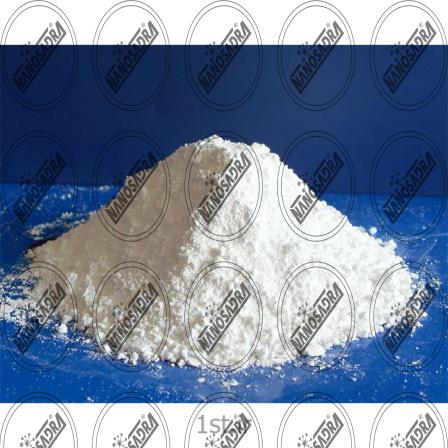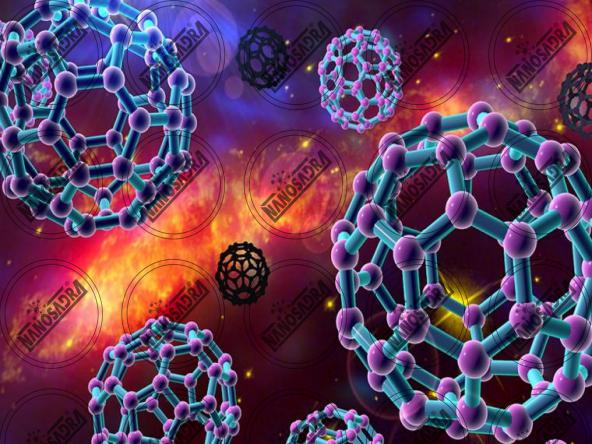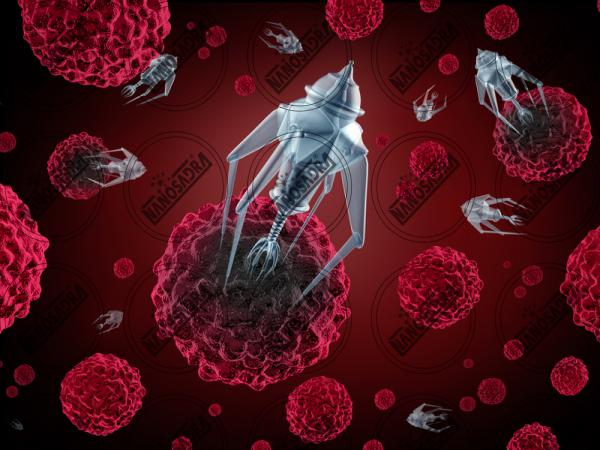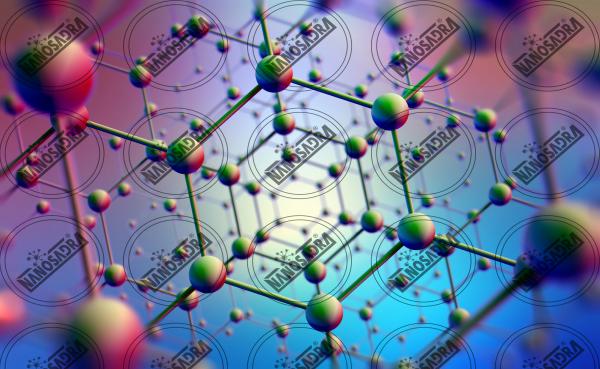Many types of materials can now be made into nanoscale particles or crystals to include a wide range of metals and metal oxides, sulfides, fluorides, carbonates, silicates, and many other materials. The development in the field of nanoparticle chemistry and the principles of morphology and the wide range of its applications are gradually revealing. The use of carbon nanotubes in tissues, and zinc nanoparticles or titanium oxide in solar panels are just some of these many applications. Below we will explain more about arsenic nanoparticles and other features such as nanoparticles size.

Why do we use nanoparticles?
 To answer this question, stay with us until the end of this paragraph. In this section we want to explain about nanoparticles synthesis. According to nanoparticles articles, nanoparticle synthesis is referred to as nanoparticle generation methods. The nanoparticles can be obtained from larger molecules, or produced by “bottom-up” methods, which for example form and grow particles from the molecular distribution of the liquid or vapor phase. Nanoparticles are now used in the manufacture of anti-scratch glasses, transparent sunscreen, anti-stain and anti-penetration fabrics, and solar cell ceramics. Nanoparticles can play a role in stronger, lighter surfaces and systems. At the nanoscale, the particle properties may change unpredictably.
To answer this question, stay with us until the end of this paragraph. In this section we want to explain about nanoparticles synthesis. According to nanoparticles articles, nanoparticle synthesis is referred to as nanoparticle generation methods. The nanoparticles can be obtained from larger molecules, or produced by “bottom-up” methods, which for example form and grow particles from the molecular distribution of the liquid or vapor phase. Nanoparticles are now used in the manufacture of anti-scratch glasses, transparent sunscreen, anti-stain and anti-penetration fabrics, and solar cell ceramics. Nanoparticles can play a role in stronger, lighter surfaces and systems. At the nanoscale, the particle properties may change unpredictably.
What are the uses of arsenic nanoparticles?
 Areas of use for arsenic nano-maize include the following, some of which are:
Areas of use for arsenic nano-maize include the following, some of which are:
- Manufacture, materials and industrial products
- Nanotechnology in Medicine and the Human Body
- Sustainability of agricultural, water and environmental resources
Now we want to talk about the advantages of nanoparticles.Nanotechnology, as mentioned, will lead to dramatic changes in the use of natural resources, energy and water, thereby reducing water and pollution. New technologies will also allow recycling and reuse of materials, energy and water. In the field of environment, nanoscience and engineering, it can have a significant impact on the molecular understanding of nanoscale processes that occur in nature; And in streams and areas containing sewage.In the field of energy, nanotechnology can significantly reduce the efficiency, storage and production of energy while reducing energy consumption. For example, chemical companies have developed nanoparticle-reinforced polymer materials that can replace the metal body parts of cars.
Biggest consumers of arsenic nanoparticles
 Nanotechnology is the ability to deliver new materials, tools and systems by taking control at the molecular and atomic levels and using the properties at which the surfaces appear. It follows from this simple definition that nanotechnology is not a new discipline, but a new approach to all disciplines. For nanotechnology, they have listed applications in areas ranging from food, medicine, medical and biotechnology to electronics, computers, communications, transportation, energy, the environment, materials, aerospace and national security. Extensive applications in this field, including social consequences, And its legality has made this technology a cross-disciplinary field. Although nanotechnology experiments and research have been heavily pursued since the early 1980s, the transformative, miraculous, and incredible effects of nanotechnology on research and development have led to the attention of all major countries and have attracted the attention of nanotechnology.
Nanotechnology is the ability to deliver new materials, tools and systems by taking control at the molecular and atomic levels and using the properties at which the surfaces appear. It follows from this simple definition that nanotechnology is not a new discipline, but a new approach to all disciplines. For nanotechnology, they have listed applications in areas ranging from food, medicine, medical and biotechnology to electronics, computers, communications, transportation, energy, the environment, materials, aerospace and national security. Extensive applications in this field, including social consequences, And its legality has made this technology a cross-disciplinary field. Although nanotechnology experiments and research have been heavily pursued since the early 1980s, the transformative, miraculous, and incredible effects of nanotechnology on research and development have led to the attention of all major countries and have attracted the attention of nanotechnology.
latest price range of nanoparticles
 Due to parameters such as currency fluctuations and different markets, achieving the latest prices of nanoparticles requires a search. But the following points need to be noted. It should be noted that the use of this technology in all medical sciences, petrochemicals, materials sciences, defense industries, electronics, quantum computing and so on has made nanoscience research a major scientific and industrial challenge for the world. Therefore, Iranian scholars, professors and craftsmen must determine their position, position and status in a public mobilization, and with a rigorous and expert scientific planning, an active and even competitive presence in the field will be expressed and expressed. To do so, designing a coherent, inclusive, and comprehensive program is inevitable. Nanotechnology is also a fundamental change in the path that will lead to the creation of materials and tools in the future.
Due to parameters such as currency fluctuations and different markets, achieving the latest prices of nanoparticles requires a search. But the following points need to be noted. It should be noted that the use of this technology in all medical sciences, petrochemicals, materials sciences, defense industries, electronics, quantum computing and so on has made nanoscience research a major scientific and industrial challenge for the world. Therefore, Iranian scholars, professors and craftsmen must determine their position, position and status in a public mobilization, and with a rigorous and expert scientific planning, an active and even competitive presence in the field will be expressed and expressed. To do so, designing a coherent, inclusive, and comprehensive program is inevitable. Nanotechnology is also a fundamental change in the path that will lead to the creation of materials and tools in the future.











Your comment submitted.